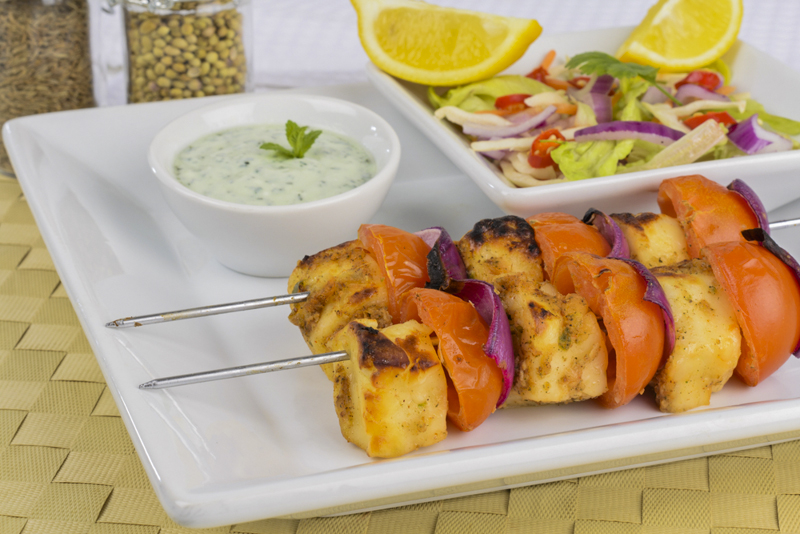Paneer Info
What is Paneer?
Paneer is an easy cheese to make, so much so that it is usually made fresh daily in India. It's also the most common cheese used in south Asian cooking and can appear in several forms, from crumbly and open textured, to a firm, well consolidated cheese for cutting.
Paneer is a perfect cheese for vegetarians to use in cooking because it has no rennet used in the production. It's clean, fresh, and versatile flavor, lends itself well to an assortment of recipes.
The flavor lies somewhere between a mild Feta and Halloumi. It's a little softer than Halloumi and a less crumbly than most Feta.
In every sense, it's the perfect cheese to be made quickly in the home kitchen and is great to cook with because it does not melt.
How is Paneer Made?
Paneer is a soft cheese that changes a gallon of milk into a great cheese for frying or using in a spicy sauce. It is made by simply heating milk to just below boiling, holding for a few minutes while the proteins change,and then adding a small amount of acid to help the proteins and milk sugars to flocculate and settle.
The high heat and acid condition will make a cheese that can be easily sliced for frying, or cubed for spicy sauces, and yet does not melt with the heat.
The History of Paneer
The history of Paneer goes back in time perhaps before written history. The first recorded mention of this cheese was about 6000BC, but it was probably being made long before this. It is believed to have been introduced into India by the invaders from Iran and Afghanistan.
The original process was to heat the milk to a temperature just below boiling and then soured milk was added for acid. Over many years, more palate friendly acids have come into favor; lemon juice, vinegar, citric acid or yogurt have made for a much more flavorful cheese.
Because Paneer cheese is made by using acid and heat (rather than culture and rennet) it is safe for vegetarians to consume and, in fact, Paneer is a cornerstone of Indian vegetarian cuisine.
Paneer is soft and it is most often eaten fresh, within a day of the date that it is made. Depending on how the Paneer is processed, it can be firm enough to cut into cubes and fry, or it may be softer and more crumbly.
A common characteristic of the cheese is it's mild character and it is most often made with no salt. The fact that no culture is used in making Paneer presents another important and wonderful characteristic.. the sweet character of the lactose is left unchanged, but in heating the cheese, some caramel flavors do enhance the cheese. The mild, unsalted, and sweet character of this cheese makes it ideal for pairing with the star ingredients of Indian cuisine... the Spices!
India is known for the incredible mix of spices that go into curries, fried dishes, etc. The amazing color, aromatics and flavors of India's spices.
Today Paneer has even made a huge move into the fast food world of India and other countries. In India, McSpicy Paneer Burger and Big Spicy Paneer Wrap present vegetarian customers exciting new protein options. An unbelievable 120-odd tons are required by the fast food chain every month.
In the United Kingdom, Subway has started serving a Saag Paneer patty and Taco Bell India serves the Paneer and Potato burrito; Pizza Hut, Dominos, and Papa Johns all have pizzas with Paneer toppings.
The Essentials of Making Paneer
The process for this cheese is quite simple and easily done in the kitchen:
- the milk is heated to make important changes to the milk proteins
- citric acid is added once the milk has been heated
- the milk is then held quiet while the coagulation of curd develops
- the resulting curd is then separated from the whey
- this curd is then lightly pressed for the final cheese



































